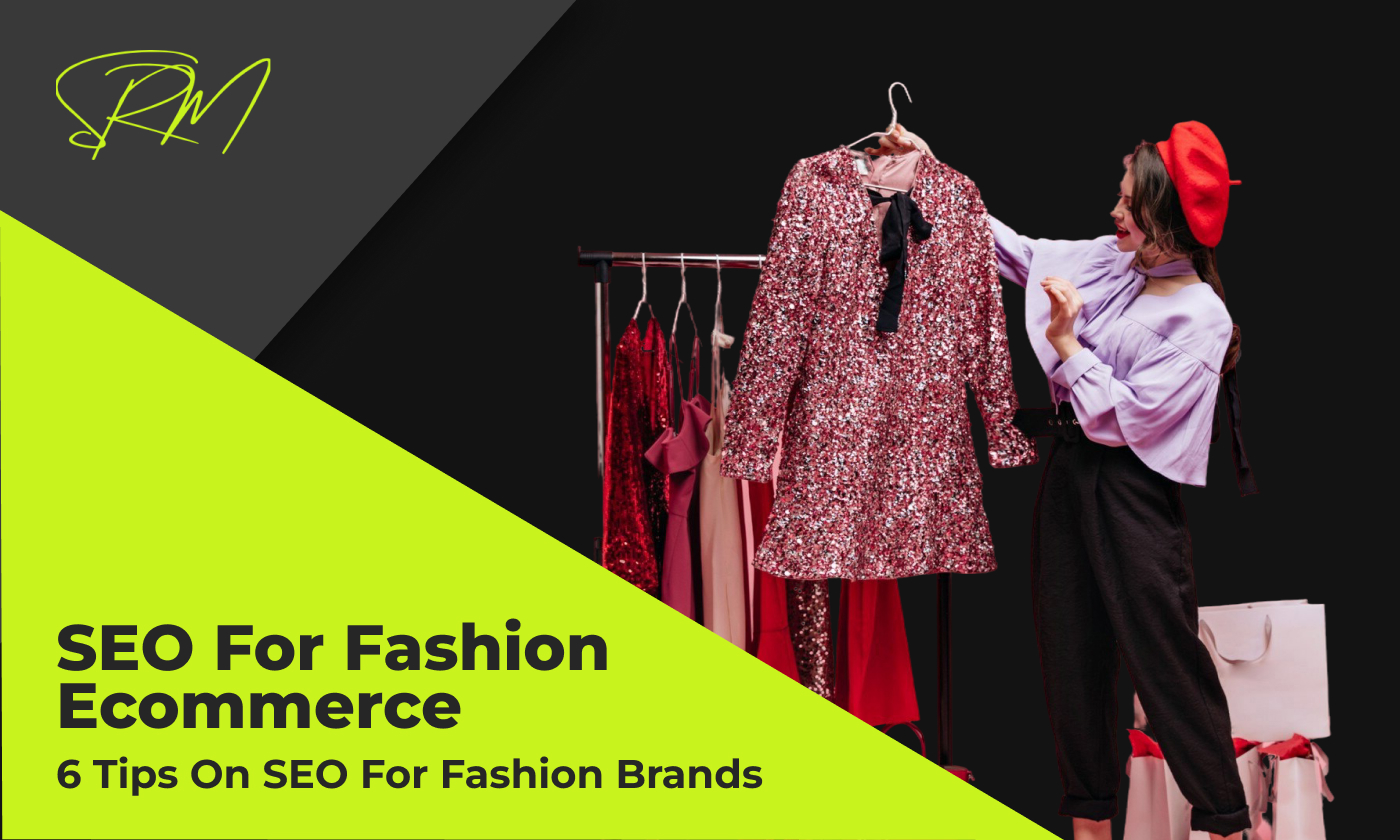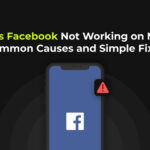
In the dynamic and ever-evolving world of fashion ecommerce, your designs aren’t the only things that need to stand out. Even the most trendsetting collections can go unnoticed if your online store fails to appear in front of the right audience. That’s where Search Engine Optimization (SEO) becomes a vital asset for your fashion brand.
SEO is more than just a technical requirement—it’s your digital runway. It ensures your brand is visible when users search for products you offer. Whether you’re a boutique startup or a well-established label, effective SEO can dramatically improve your organic traffic, online presence, and conversions.
Let’s explore six powerful strategies tailored for fashion ecommerce brands that want to thrive online.
1. Understand Your Target Audience & Nail Your Keyword Strategy
Fashion is emotional, personal, and expressive—and so is how people search for fashion products online. To rank effectively in search engines, your SEO strategy must begin with a deep understanding of your audience’s intent, needs, and language.
Start With Buyer Personas
Ask questions like:
- Are they looking for sustainable fashion or trend-driven styles?
- Do they care about affordability, luxury, or both?
- What age group and demographics do they fall into?
Knowing your customers allows you to craft content and product pages that mirror their search behavior.
Conduct Intent-Focused Keyword Research
Use tools like Google Keyword Planner, Ahrefs, or Ubersuggest to find high-intent keywords. Focus on long-tail and specific phrases such as:
- “vegan leather trench coat women’s”
- “bohemian maxi dresses under $100”
- “plus size summer co-ord sets”
These terms have lower competition and often convert better. Integrating them strategically into your site’s content gives you an edge in search rankings.
2. Optimize Category & Product Pages for Search and Sales
Category and product pages are the backbone of any fashion ecommerce website. They not only showcase your offerings but also present your biggest opportunity to rank for transactional keywords.
How to Optimize Category Pages
- Use clear, keyword-rich headings like “Men’s Slim Fit Suits” or “Sustainable Summer Dresses.”
- Craft compelling, keyword-infused meta titles and descriptions that increase click-through rates.
- Add a brief, keyword-optimized description that introduces the category and adds context.
How to Optimize Product Pages
- Avoid duplicate content. Describe materials, fit, and use cases with unique product descriptions.
Example: “This midnight blue silk wrap dress features a subtle shimmer and adjustable tie for a flattering fit—perfect for formal evenings or destination weddings.” - Implement product schema for enhanced Google results, including prices, ratings, and availability.
- Include reviews and FAQs to build trust and provide valuable, keyword-rich content.
The goal is to make every page findable, readable, and persuasive for both users and search engines.
3. Build a Seamless Site Structure and Navigation
User experience is now a ranking signal in Google. For ecommerce, this means that a well-organized, intuitive site architecture can dramatically impact your SEO performance.
Tips to Structure Your Fashion Ecommerce Site:
- Group products into collections (e.g., “Wedding Guest Dresses” > “Maxi Dresses” > “Lace Dresses”).
- Use clean, readable URLs like /men/leather-jackets/black-bomber-jacket.
- Implement breadcrumb navigation to help both users and search engines understand your page structure.
- Ensure responsive, mobile-optimized design for a seamless mobile experience.
- Improve loading speed using tools like Google PageSpeed Insights or GTmetrix.
Think of your site as a high-end fashion showroom—it should be elegant, easy to navigate, and fast.
4. Make Visual Content Work for You With Image SEO
In fashion, your product images do the selling. But to ensure search engines can properly interpret and rank those images, you must optimize them with SEO in mind.
Image Optimization Techniques:
- Use accurate, keyword-rich alt text for every image.
Example: alt=”women’s silk kimono robe with floral print” - Rename your images before uploading. Use descriptive names like “black-high-heel-leather-boots.jpg” instead of “IMG_0001.jpg.”
- Compress images to reduce file size without sacrificing quality.
- Implement lazy loading to defer loading of images below the fold.
- Use structured data to enable product images to appear in image search results and Google Shopping feeds.
A visually appealing, search-optimized site helps your fashion pieces rank—and convert.
5. Strengthen Your Backlink Profile With Fashion-Relevant Links
High-quality backlinks are like runway endorsements—they tell search engines that your brand is credible, trustworthy, and worthy of higher rankings.
How to Get High-Quality Backlinks in Fashion:
- Partner with fashion bloggers and influencers to earn natural links through lookbooks, reviews, and style features.
- Get featured in digital press coverage like “Top 10 Minimalist Brands to Follow.”
- Launch limited-edition collections or sustainability campaigns that attract PR attention.
- Create link-worthy content like trend reports, fashion quizzes, and interactive guides.
Just like reputation matters in fashion, link equity matters in SEO. The more credible sites link to yours, the more authority you build.
6. Create High-Value Content With a Fashion Blog
A blog is not just for inspiration—it’s a key SEO asset that drives consistent organic traffic and keeps your audience engaged.
What Should Fashion Brands Blog About?
- How-to guides: “How to Layer Clothes for Winter Without Looking Bulky”
- Trend analysis: “Top 5 Colors Dominating Fall/Winter 2025”
- Styling tips: “5 Ways to Style a White Blazer for Work & Weekend”
- Sustainability insights: “Why We Use Organic Cotton in Our Capsule Collections”
- Behind-the-scenes: Share design journeys, lookbook shoots, or designer interviews
Use internal links to direct readers to related products or collections. Over time, your blog helps you rank for informational queries and build authority.
Bonus Tip: Track Your Progress and Adapt
SEO is not a one-time project. Fashion trends evolve—and so do search engine algorithms. Monitor your SEO metrics regularly with tools like:
- Google Search Console – track keyword performance and crawl issues
- Google Analytics 4 (GA4) – measure conversions, bounce rates, and engagement
- SEO audit tools – identify technical issues and site performance gaps
Review your progress monthly and adjust your content, keyword targeting, or technical SEO strategy accordingly.
Final Thoughts
In today’s crowded fashion ecommerce space, just having a beautiful website or unique designs isn’t enough. You need to be discoverable where your customers are searching—and that’s on Google. I’m Shiwali Ratan Mishra, an SEO expert with a focus on helping fashion brands improve visibility, optimize product pages, attract high-intent traffic, and grow online sales.
If you’re ready to take your fashion ecommerce store to the next level with strategic, results-driven SEO, partnering with an experienced SEO specialist can make all the difference.



